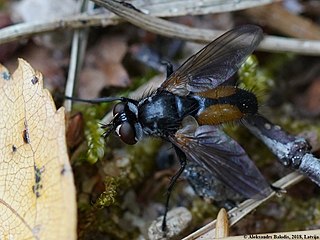
Hemyda is a genus of flies in the family Tachinidae.
Neaera is a genus of flies in the family Tachinidae.

Eumea is a genus of flies in the family Tachinidae.
Opesia is a genus of flies in the family Tachinidae.
Dionaea is a genus of flies in the family Tachinidae.
Dionaea aurifrons is a European species of fly in the family Tachinidae.
Opesia cana is a European species of fly in the family Tachinidae.

Phasia pusilla is a European species of fly in the family Tachinidae.
Eloceria delecta is a European species of fly in the family Tachinidae.
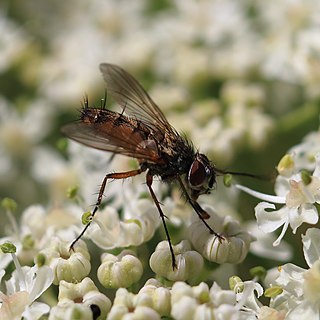
Solieria fenestrata is a European species of fly in the family Tachinidae.
Solieria inanis is a European species of fly in the family Tachinidae.
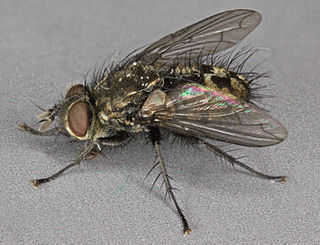
Lypha dubia is a European and Asian species of fly in the family Tachinidae.

Macquartia grisea is a European species of fly in the family Tachinidae.

Macquartia dispar is a European species of fly in the family Tachinidae.
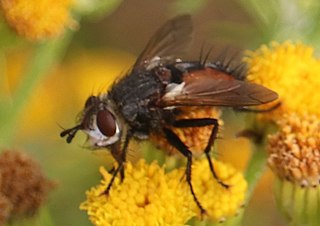
Peleteria rubescens is a Palearctic species of fly in the family Tachinidae.
Smidtia conspersa is a species of fly in the family Tachinidae.

Medina collaris is a species of fly in the family Tachinidae.
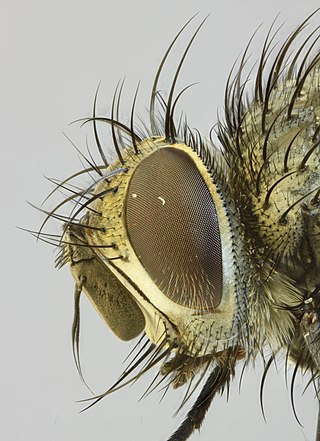
Phryxe nemea is a species of fly in the family Tachinidae.

Phryxe vulgaris is a species of fly in the family Tachinidae.

Platymya fimbriata is a species of bristle fly in the family Tachinidae.











